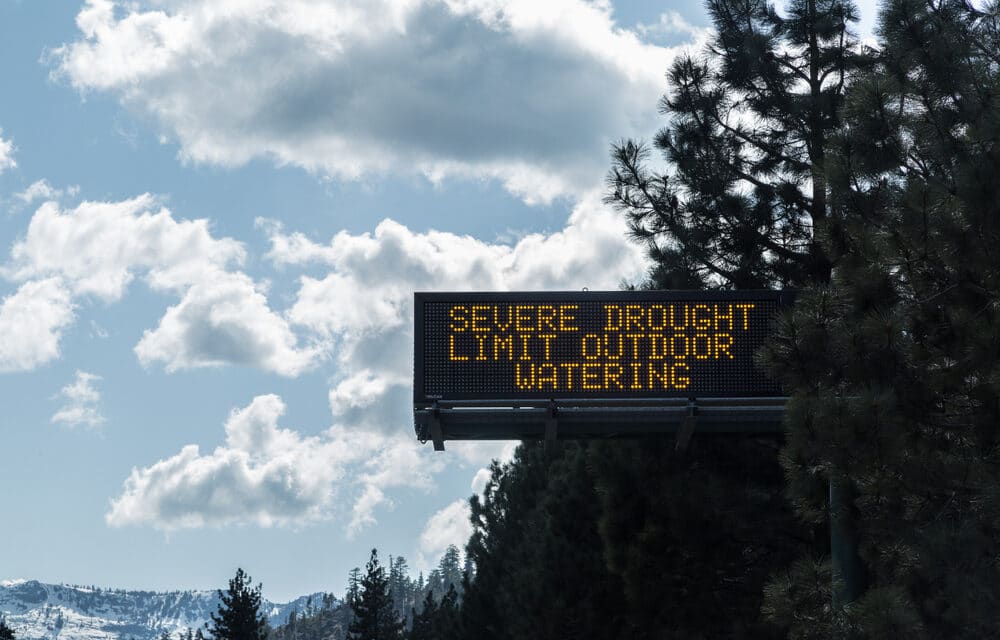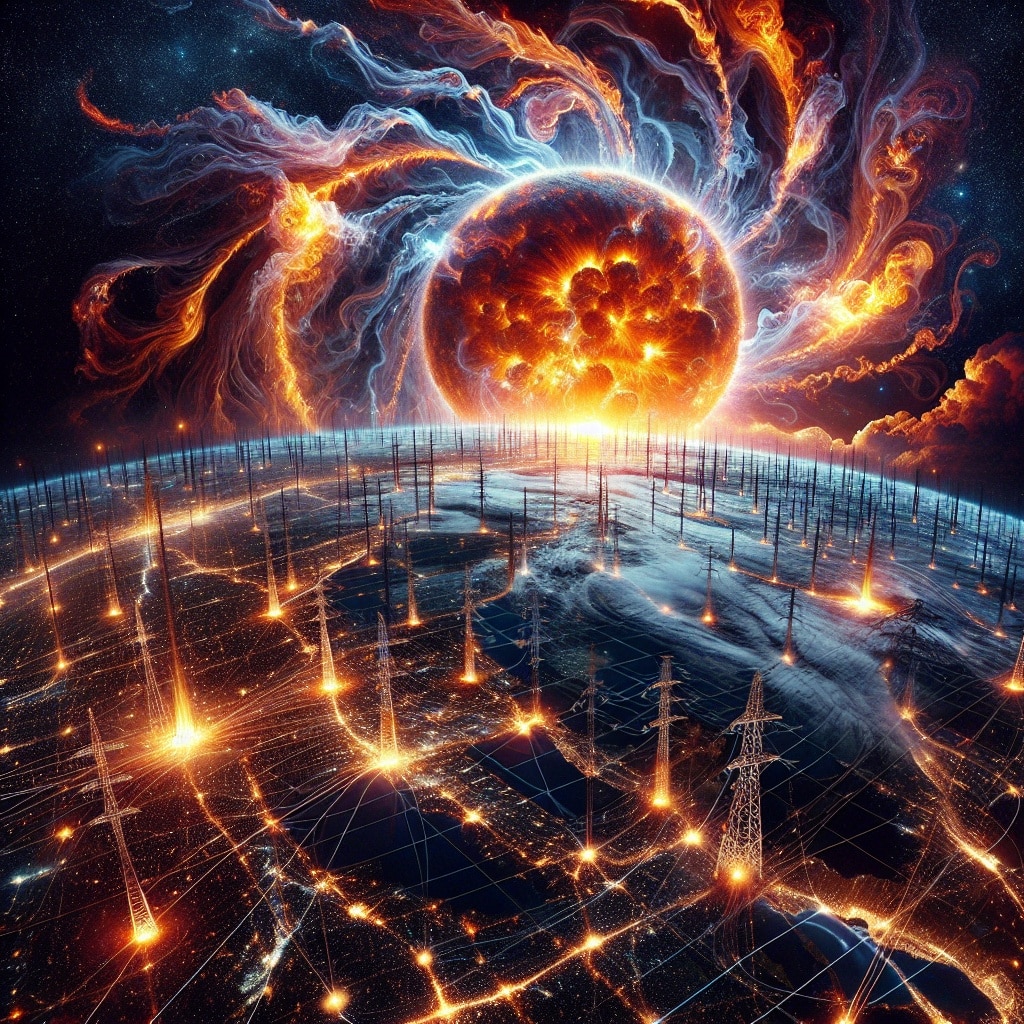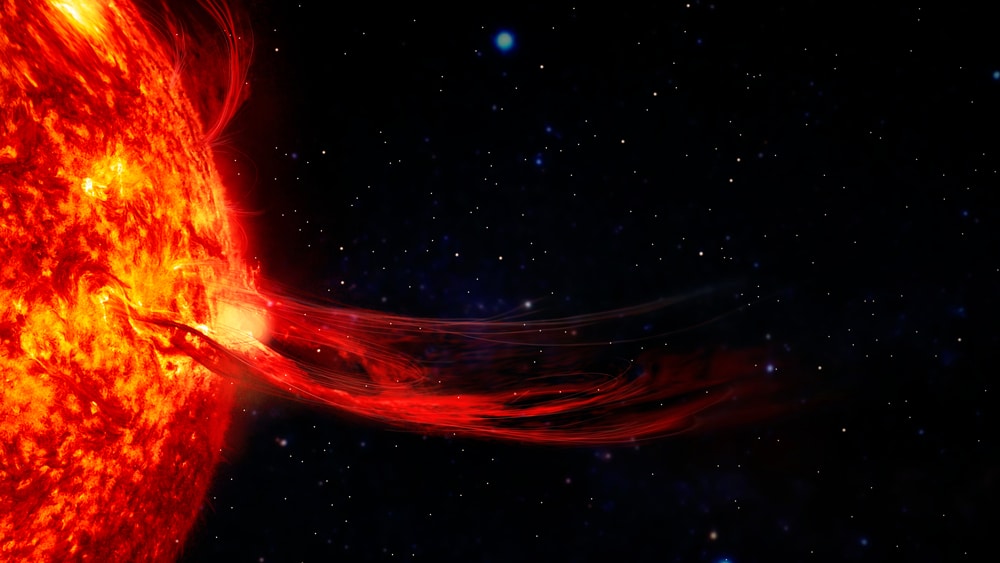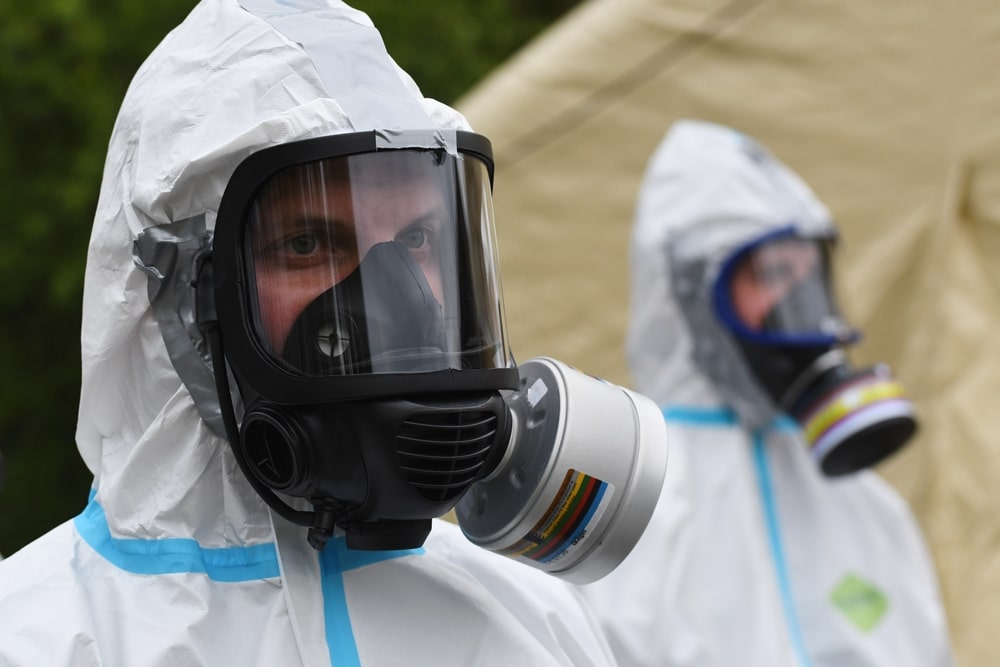(Yahoo) – Sarah Brunner opened the irrigation spigots on her farm in March, three months early. The rain should have still been falling in California. Now that summer is taking hold, she and her husband are considering shifting their meager water supplies into pastures so their animals will have enough to eat.
Brunner’s worries don’t stop at the barnyard. The family’s fields of shallots, garlic, and goats are surrounded by thick Northern California forests, dried out and primed to burn. An early-season wildfire near her home recently prompted Brunner to document her possessions and reevaluate her fire insurance. “I don’t feel safe anymore. It’s going to hit us hard,” she says. “There’s no doubt about it, we’re going to be inundated with fires. It’s just a matter of time.”
Drought in a habitat shared with bears, cougars, and coyotes, all searching for a drink, has a way of compounding the danger. “The animals are going to get more desperate,” Brunner says.
Unstoppable drought is rolling over California and the Western U.S. once again, as it has with little interruption since the new century began. Nearly 98% of land across 11 Western states is abnormally dry, and more than 90% is covered by some category of drought—the worst levels in the U.S. Drought Monitor’s 21-year history.
Reservoirs have drained to their bottoms, leaving bathtub rings on their shorelines. Rivers reduced to trickles are setting off conflicts for dwindling water rights. Millions of acres of trees and shrubs have turned from shade to fuel for the out-of-control blazes everyone predicts will come.
“As far as the drought goes, this is the big one, especially if we are talking about the broader drought across the whole Southwest,” says Daniel Swain, a climate scientist at the University of California Los Angeles. “By a lot of metrics, it is the most severe drought on record.” READ MORE
















